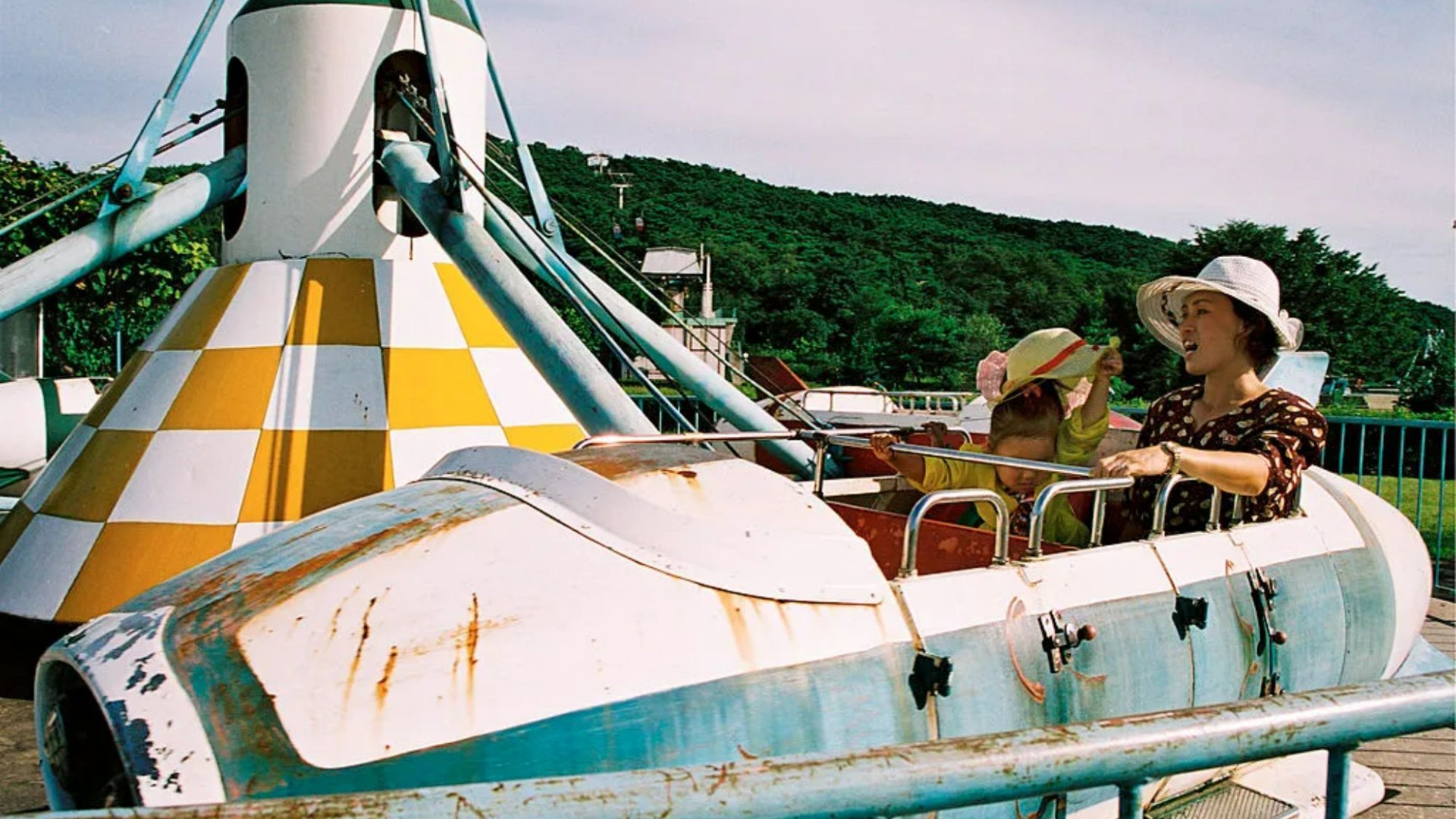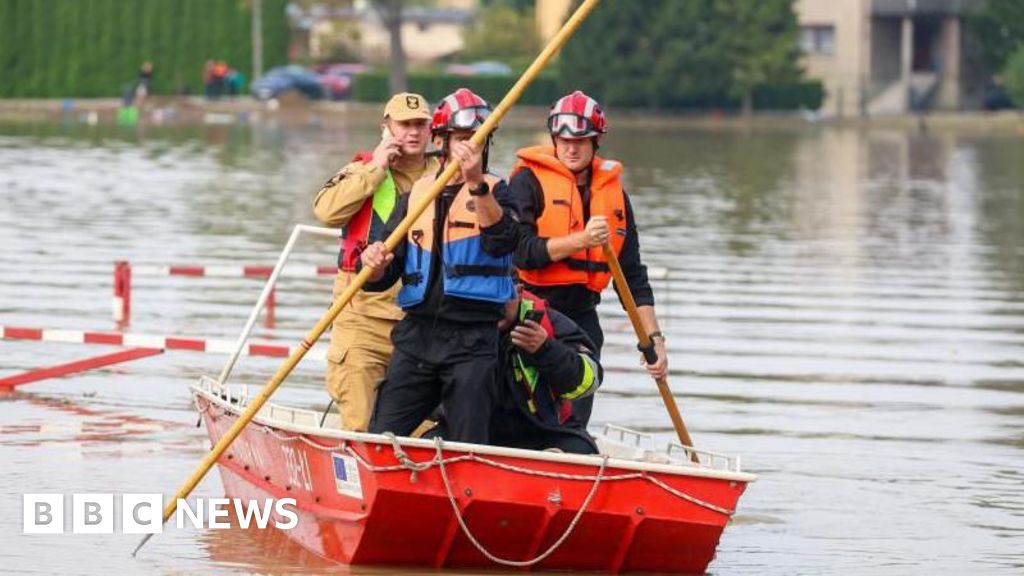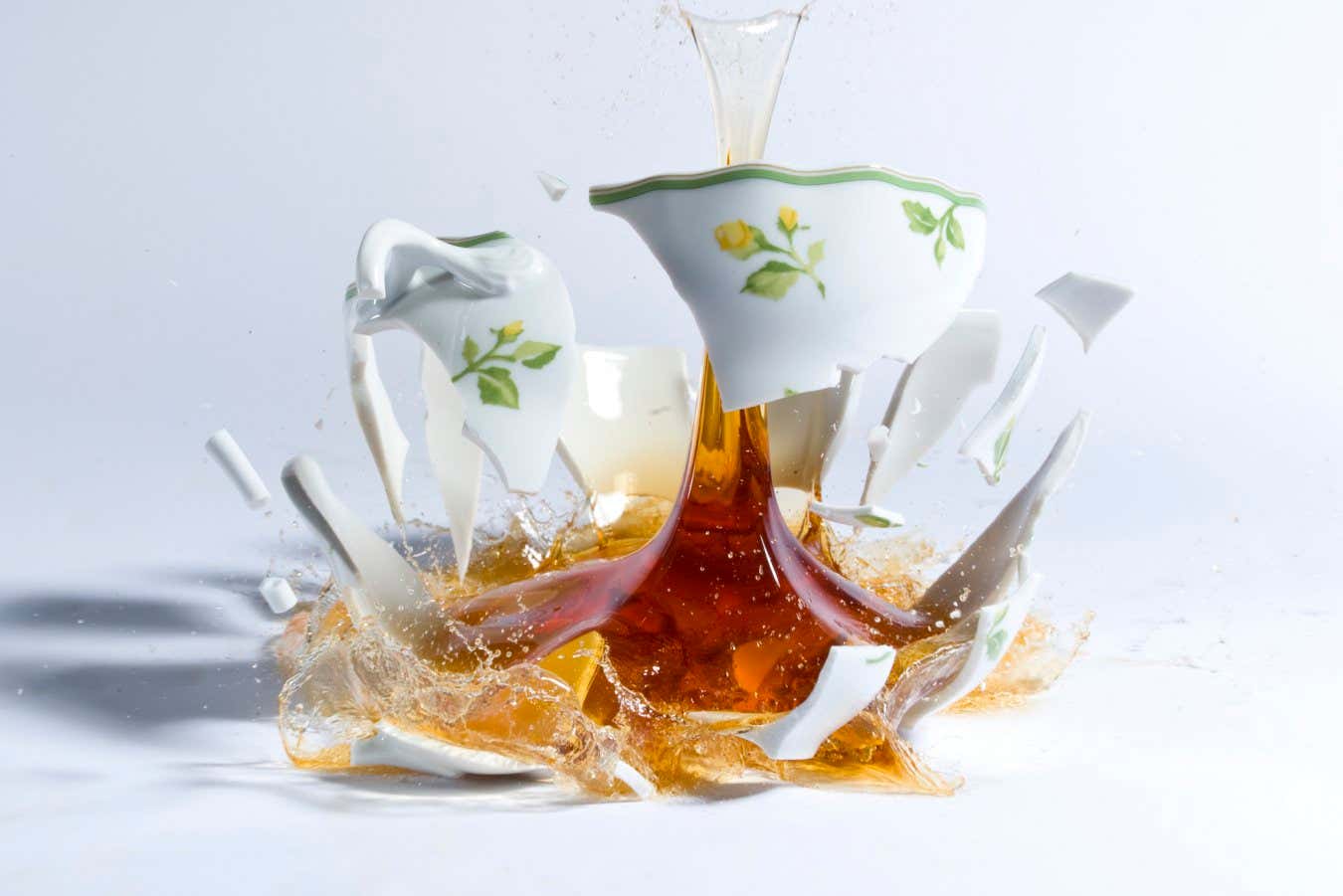As part of this weekend’s business lunch issue of the magazine, we asked FT staff and contributors for their favourite places to eat in and around the City, and which table they like to sit at. From hallowed institutions to secret gardens, here are their top picks.
For tradition
Arlington
It’s as if Le Caprice, formerly on this site, never left. Both the old and new restaurants are excellent for business. Perhaps it’s because it’s not easy to get a table, and there’s a cachet to having a good position, or because you’ll bump into well known business or celebrity faces, or simply that you’ll always have a delicious meal.
Nearest station: Green Park
Where to sit: Past the bar, second table on the right near the window (if you can get past the restaurant’s official policy of not reserving specific tables)
— James Max, Rich People’s Problems columnist
Sweetings
Where better for a business lunch than a City stalwart that only opens on weekdays at lunchtime? Sweetings has been serving seafood to London’s bankers and brokers for well over a century. On a recent visit I ended up sat with a septuagenarian property investor who has been a regular for 50 years. After a few hours there you may lose track of which decade you are in, particularly if you order their signature drink, the Black Velvet, a heady mix of Guinness and champagne served in a pewter tankard. Stick to one if you need to return to the office afterwards, trust me.
Nearest station: Mansion House
Where to sit: There are no reservations at Sweetings. Sit where you’re told to
— Robert Smith, corporate finance editor
Wiltons


For a couple of decades, I was too intimidated to enter Wiltons. I would pass the entrance fairly often on my way to and from The Economist’s old offices, and see red-faced men in double-breasted suits tumbling out after a long lunch. But when I finally dared to cross the threshold, it quickly became apparent to me that this was the ideal spot for a business lunch. The tables are widely spaced and the surrounding conversation rarely seems to rise above a polite murmur. The menu and wine list are agreeably predictable. Also, it’s expensive, so it’s really best if somebody else is picking up the tab. The red-faced old men no longer intimidate me. Perhaps I have become one myself?
Nearest station: Green Park
Where to sit: A booth in the main room
— Gideon Rachman, chief foreign affairs commentator
Otto’s
Don’t come to Otto’s when it’s summer or if you’re doing dry January or if you’re pressed for time. Come when the days are drawing in, when you have a voracious appetite and you’re up for a lengthy lunch. Then sink into the red velvet banquettes (inspired by legendary Parisian establishment Maxim’s) and enjoy the best example of classic French dining this side of the Channel. Otto’s is most famous for its Canard à la Presse, a duck extravaganza spread out over three courses, and served, if you’re lucky, by owner Otto Tepasse. The restaurant commands a loyal following of local business people and lawyers, and is thankfully off the tourist track.
Nearest station: Chancery Lane
Where to sit: When asked, director Elin Hansen sent a breakdown of how she matchmakes every table. Table 1 is the “establishment table”; table 5 for lovers; table 4 for young people and table 9 for meetings
— Harriet Agnew, asset management editor
The Delaunay

Noisy enough not to be easily overheard, but not so noisy you cannot be heard at all, this is the owners’ successful attempt to reapply the formula that made sister restaurant, The Wolseley, Piccadilly’s business-breakfast venue of choice. The Delaunay’s catchment area of Fleet Street, the Inns of Court and the City and an undemanding menu of mittel-European comfort food means it is usually full for lunch. Later, the networking and business gossip is leavened with pre- and post-theatre chat from the Covent Garden crowd.
Nearest station: Covent Garden
Where to sit: A booth near the window on the western side
— Andrew Hill, senior business writer
For food
Luca


My favourite spot for a business lunch is Luca, an Italian restaurant near Farringdon. The set menu in the bar area is the best value in a London Michelin-starred restaurant (£32 for two courses, £38 for three). The area is quickly becoming the hotspot destination for quality restaurants in the City. Nearby, Bouchon Racine has perfect lighting, good vibes and elegant food. Something about it just hits the spot. Best of all, you’ll never run into someone you know at either.
Nearest station: Farringdon
Where to sit: Co-founder Daniel Willis says the best seat in the bar is the middle booth, table 103
— Arash Massoudi, finance and markets editor
Hawksmoor Guildhall
Red meat is very much on the menu at Hawksmoor Guildhall, the subterranean oak-panelled steakhouse that has become a City institution since opening in 2011. Its old-world charm is a big hit with foreign bankers, with low lighting, brown leather chairs and a well-stocked cocktail bar. And of course its famed steaks. More affordable deals are also available. A three-course meal is offered at lunchtime or early evening for £33. An ice-cold Shaky Pete’s, an ale and gin cocktail mixed with lemon juice and ginger, is well worth a try.
Nearest station: Bank
Where to sit: Hawksmoor co-founder Huw Gott says his favourite tables across the London restaurants are table 45 at Wood Wharf (for two) and table 43 at Air Street (for four)
— Owen Walker, European banking correspondent
St John Smithfield


I stopped doing business lunches in 2008. Just the thought of being away from my desk for three hours in the middle of the day gives me indigestion. In the event I really, really like someone, however, I will concede to a meeting at St John, where I will expect my guest to share a Welsh rarebit and a big blousy green salad. The leaves are nightmarishly tricky to eat, hence the lunch will be a test of our relationship. Will you still love me when we fail to discuss any pressing professional matters whatsoever and I am covered in vinaigrette and bits of lettuce? That, my friend, is someone I can work with.
Nearest station: Farringdon
Where to sit: The bar, never the restaurant. (There are no reservations, but head chef Jonathan Whittle says he likes the tables to the side of the bar best)
— Jo Ellison, HTSI editor and FT Weekend deputy editor
BiBi

Hidden away in a pocket of Mayfair, this tiny restaurant packs a punch. Small plates, British produce and Indian-inspired dishes, but not as you know them. Best for one-on-one meetings, secret squirrel conversations or for those who like eating at the counter. It’s fine dining without the fustiness and business friendly without the suit-and-tie vibe. It’s hard to imagine any bad choices on the à la carte or tasting menus, with chaat and grilled selections that surprise and delight.
Nearest station: Marble Arch
Best seat: A booth
— Anjli Raval, management editor
For privacy
Cloth


I look for somewhere that’s buzzy but where you can talk without being overheard at the next table, which rules out most of London’s fancy but cramped restaurants. My new favourite lunch spot, if wine is involved, is Cloth on Cloth Fair. I have never liked the steely, shiny side of the City, and this is a nod to its far more ancient roots, a wine bar with amazing bottles and very good food (including proper non-aubergine-based choices for veggies like me) in an old townhouse in Smithfield.
Nearest station: Barbican
Where to sit: Director Joe Haynes says table 21 is the house favourite — near the entrance, next to the window
— Isabel Berwick, Working It host and editor
Kerridge’s Bar & Grill

Admittedly, the Embankment is not prime business lunch territory. But the upside is that the grand dining room at Kerridge’s Bar & Grill tends to be a discreet place to meet. The leather banquettes and club chairs even have half screens rising above them for further privacy. This is the place to go when you do not wish to be disturbed or overheard. The food is both precise and premium.
Nearest station: Embankment
Where to sit: The restaurant declined to give numbers, but said that the best tables are two six-seaters referred to internally as the “Robi Walters tables”
— Malcolm Moore, energy editor
Toklas

Toklas has everything. Unfussy, tasty food served briskly. A Sydney-standard outdoor terrace. Well spaced tables, all the better for ears-only chat. And best of all, it’s down a side street, in a weird looking building, well off the beaten biz lunch track, so you will be very unlucky to bump into anyone you know. If you want to go cheap and cheerful, there’s also a Toklas bakery and café a few doors down.
Nearest station: Temple
Best seat: Maître d’ Alcides Gauto says the booths under the Wolfgang Tillmans are popular with regulars
— Pilita Clark, business columnist
Garden Café


I often want to meet people somewhere that will put them at ease. In a quiet, fairly random pocket of London, the Garden Café at the Garden Museum does just that. It is unpretentious, perhaps because it doesn’t need to manifest an identity when it somehow pulls off a restaurant, museum café, church graveyard and courtyard garden all at once. The food (modern British and European) is simple and exquisite. It is served in an airy yet intimate hideaway of copper-cladding, glass walls and lush planting. Best of all, most people don’t know it’s there.
Nearest station: Lambeth North
Where to sit: The red tables in the courtyard garden
— Antonia Cundy, special investigations reporter
For convenience
Enoteca da Luca

If you work in the City, the trio of Enoteca da Luca modern Italian restaurants are the ideal spot for an understated get-together. My favourite is the compact Watling Street site, all smart banquettes and exposed brick, just round the corner from FT HQ. The Basinghall Street outpost, a short walk away near the Guildhall, has a similar vibe. Insurance workers in and around the Lloyd’s quarter can take advantage of a delightful outdoor terrace at the larger Devonshire Square site. The restaurants have slightly different menus, but all excel at a range of modern Italian classics, both tapas-style and full-size, with an excellent Italian wine list to boot.
Nearest station: Mansion House
Where to sit: At Watling Street, the cosy table in the rear left corner, table 18, is best for two
— Patrick Jenkins, deputy editor
Taberna Etrusca
I love Italy and particularly love Italian food, which, at its most enjoyable, is appetising, varied and unpretentious. So it is my good fortune that within a few minutes of the FT’s office in Friday Street is the Taberna Etrusca, dating from 1967, located in Bow Churchyard, run by Italians and styled as a classically Italian trattoria. Its food is also classically Italian, indeed Tuscan. I normally have an antipasto or pasta. If I am feeling greedy, I have both. I rarely have a secondo (main course). I like to finish my meal with vanilla gelato affogato — a gelato with espresso poured on top. Service is excellent and friendly.
Nearest station: St Paul’s
Where to sit: The outdoor area, which you can enter from the back
— Martin Wolf, chief economics commentator
For novelty
Stem + Stem

A relatively new restaurant and florist tucked away down Bow Lane, in the heart of the City. Unlike many traditional business lunch haunts, the restaurant is light and airy and adorned with hanging plants and flowers, creating a little oasis of calm in the bustling financial district. The restaurant is small and intimate, but there is enough space between tables, helping to ensure a degree of privacy. It offers a decent wine list for those meetings that involve a tipple.
Nearest station: Mansion House
Where to sit: Near the window looking out over Bow Lane, table 3 or 4 (the latter has a better view)
— Emma Dunkley, asset management reporter
Beigel Bake
I’ve always found that high-tone people don’t mind being taken to low-tone places. They feel a little edgy, a little free. Some of the most successful business lunches I’ve had were over salt-beef bagels (yes to pickles and mustard) from the bagel shop on Brick Lane with the white sign (not the yellow). One starched tablecloth is much like another, but a claggy hunk of cheesecake to follow your bagel — that’s memorable.
Nearest station: Shoreditch High St
Where to sit: A park bench. There are several pocket parks in a five minute radius
— Josh Spero, associate arts editor
Much missed venues
Massimo at the Corinthia (2011-18)
“Fishy in the very best sense”
— Josh Spero
Hush Holborn (1999-2023)
“Somewhere you could charge up your delicious lunch to expenses without anyone raising an eyebrow”
— James Max
Zilli Fish, Soho (1997-2012)
See Lunchtime gossip
Dell’Ugo, Frith Street (1993-99)
“You couldn’t hear a thing but I was young and it didn’t matter”
— Isabel Berwick
The Vaults at the RSA (1992-2018)
“The current coffee and co-working spaces are no real substitute”
— Andrew Hill
Langan’s Brasserie, Mayfair (1976-2020, although “reborn” the following year)
See Lunchtime gossip
The India Club, The Strand (1951-2023)
“Its masala dosas live on in my memory”
— Claer Barrett
Throgmorton’s, the City (1900-2002)
“More bling than the Orient Express and a menu that would have shamed a British Rail buffet carriage”
— Bryce Elder
Simpson’s Tavern, the City (1757-2022)
“I can’t say I regret its passing as much as some others”
— Malcolm Moore
What’s your favourite business lunch restaurant in London? Let us know by leaving a comment below. Best table suggestions encouraged!














































































































































You must be logged in to post a comment Login